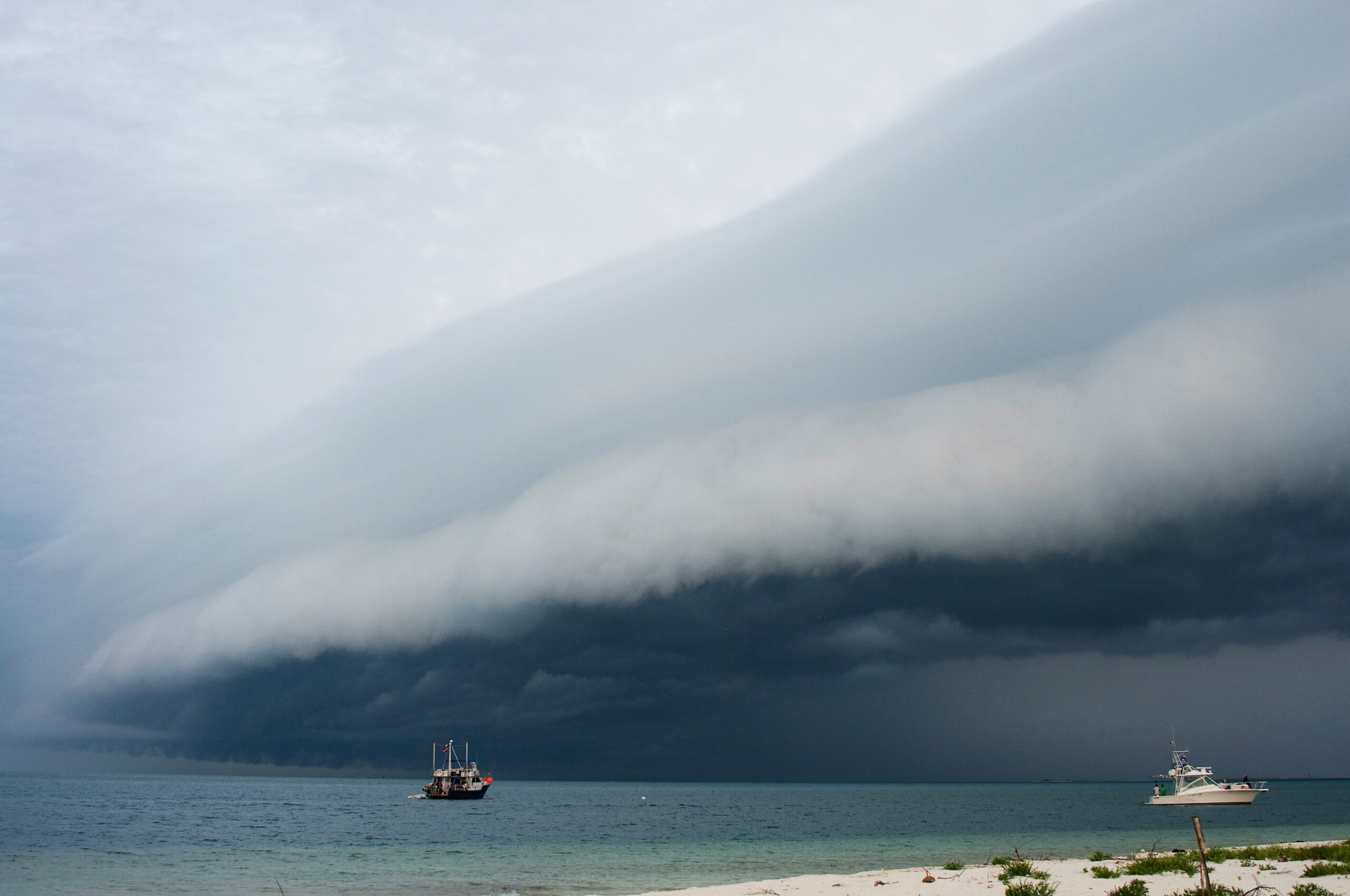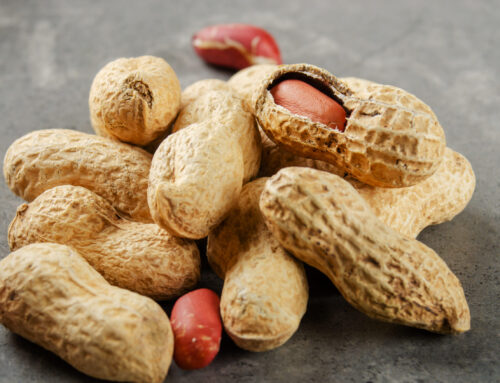Hurricane season is here! From June 1st to November 30th, we know to track potential storms and prepare our homes, belongings, and families to the best of our abilities. However, what about our health? In this month’s blog post, we discuss why hurricanes have the potential to disrupt our allergies and asthma, how to prepare to avoid these triggers, and management options during post-hurricane clean-up.
How Hurricanes Worsen Allergies and Asthma
The powerful forces of a hurricane create an environment ripe for allergy and asthma triggers:
- Wind and Airborne Allergens: High winds stir up a massive amount of outdoor allergens, including pollen, dust, and particularly wet mold spores. These tiny particles become highly concentrated in the air, making them easier to inhale deep into the lungs. “Thunderstorm asthma,” a phenomenon where asthma attacks spike during and after thunderstorms due to broken-up pollen grains, is a notable concern.
- Increased Humidity and Mold Growth: The heavy rains and flooding associated with hurricanes lead to damp environments, both outdoors and indoors. This excess moisture creates ideal breeding grounds for mold, which can lead to severe reactions.
- Power Outages and Indoor Air Quality: Power outages can render air conditioning units useless. These units not only cool homes but also play a vital role in filtering and dehumidifying the air, preventing mold growth and dust mite proliferation. Without them, indoor humidity soars, and allergens can accumulate.
- Disrupted Landscaping and Saharan Dust: Unsafe weather conditions can halt yard maintenance, allowing plants and weeds to grow unchecked and release more allergens. Additionally, Florida often experiences influxes of Saharan dust during the summer, which can further lower air quality and irritate respiratory systems.
Preparing for Hurricane Season with Allergies and Asthma
Proactive preparation is key to minimizing the impact of hurricane season on your respiratory health:
- Develop an Asthma Action Plan: Work with your allergist to create a written asthma action plan. This document should outline your daily medications, instructions for managing worsening symptoms, and steps to take in an emergency. Share this plan with family members and caregivers.
- Assemble a “Go Bag” or Emergency Kit:
- Medications: Stock at least a 7 to 14-day supply of all your allergy and asthma medications, including inhalers (rescue and controller), nebulizer solutions, and allergy pills.
- Portable Nebulizer: If you use a nebulizer, include a portable, battery-powered model and extra batteries. A DC inverter for car cigarette lighters can also be useful for powering nebulizers.
- Masks: Pack N95 masks to protect against mold, dust, and other airborne allergens during cleanup.
- Secure Your Home:
- Windows and Doors: Ensure hurricane shutters are functional or have pre-cut plywood ready to board up windows. Seal windows and doors to prevent water intrusion.
- Tree Trimming: Trim trees and remove weak branches to reduce the risk of flying debris.
- Clean Gutters: Clear gutters and downspouts to prevent flooding around your home.
- Know Your Evacuation Plan:
- Evacuation Zones and Routes: Understand your local evacuation zones and designated routes.
- Special Needs Shelters: If you have severe respiratory conditions that may require medical support during an evacuation, inquire about Special Needs Shelters and any required documentation (e.g., a doctor’s letter for hospitalization). Public shelters generally do not accept patients with oxygen.
Steps to Take If You Have Been Affected by a Hurricane
The aftermath of a hurricane can pose new and heightened risks for allergy and asthma sufferers.
- Avoid Mold-Damaged Buildings: If your home or a building shows visible mold growth or smells moldy, it’s best to avoid entering. If you must enter, wear an N95 mask, gloves, and eye protection.
- Manage Indoor Air Quality During Cleanup:
- Ventilation: Once safe to do so, ventilate your home thoroughly by opening windows and doors.
- Dehumidifiers: Use dehumidifiers to lower indoor humidity levels and prevent further mold growth and dust mites. Aim for humidity below 50%.
- Cleaning: Use soap and water for cleaning. Do not use bleach, as its fumes can irritate respiratory systems.
- Remove Contaminated Materials: Discard anything that has been soaked by floodwater for more than 24-48 hours, especially porous materials like carpet, drywall, and upholstered furniture, as these can harbor bacteria and mold even after drying.
- Professional Cleaning: Consider hiring professional cleaners if more than 10 square feet of your home was flooded or if water was present for more than a day or two. They have the expertise and equipment to safely remove contaminants.
- Air Purifiers: Use air purifying systems with HEPA- filters to help remove airborne allergens.
- Be Mindful of Outdoor Allergens: Even after the storm, pollen and mold spores can remain elevated in the air. Wear a mask when outdoors, especially during cleanup.
- Medication Adherence: Continue to take your prescribed allergy and asthma medications as directed. Have your rescue inhaler readily accessible.
- Monitor Symptoms: Be alert for any new or worsening breathing problems, including coughing (especially at night), wheezing, shortness of breath, or chest tightness.
- Manage Stress: The emotional toll of a hurricane can trigger asthma attacks. Connect with others and seek support if needed.
- Hand Hygiene: Wash your hands frequently, especially if clean water is available. If not, use an alcohol-based hand sanitizer to prevent the spread of germs that can trigger asthma attacks.
Hurricane season in Florida demands vigilance and preparation from everyone, but for those with allergies and asthma, it’s an even more critical time to be proactive. By understanding the risks and taking the necessary steps before, during, and after a storm, you can significantly mitigate the impact on your respiratory health and ensure your safety. Stay informed, stay prepared, and breathe easier this hurricane season.




